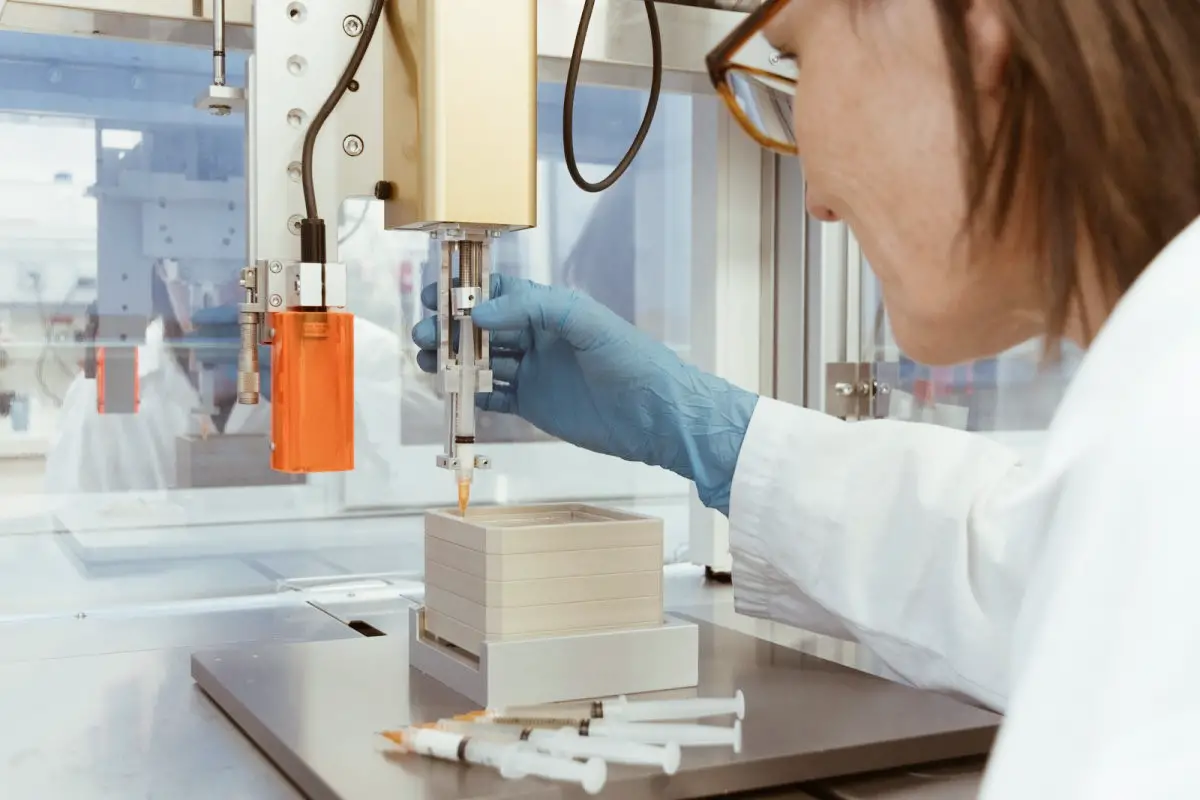Theoretical predictions suggest that materials will exhibit unusual structures and properties under extreme pressure and temperature conditions, but these predicted behaviors could not be verified in experiments at high pressures in excess of 200 GPa.
Only recently, for the first time, a group of scientists managed to generate and analyze a new material at pressures in excess of 1,000 GPa, which is equivalent to the pressure at the core of Uranus.
Observing material samples at extreme pressures requires complex techniques. On the other hand, we also lack advanced methods to simultaneously analyze material structures under high pressure experiments. Therefore, there is always a bottleneck in the promotion of high pressure crystallography.
But according to a new method developed by an international team led by the University of Bayreuth in Germany, for the first time scientists can synthesize new material structures in the GPa range and analyze them simultaneously, helping to understand previously unknown material states, properties, crystal structures, and for Valuable insights can also be gained from the exploration of terrestrial planets and the synthesis of innovative materials technology.
The researchers demonstrated a vanadium-nitrogen alloy Re₇N₃ (rhenium nitride) synthesized by heating a diamond anvil cell with a laser beam under extreme pressure, and in situ X-ray diffraction brought complete chemical and structural characterization.
This superhard metal conductor can withstand extremely high pressure. If scientists can apply materials formed in the GPa range in the future, it is bound to bring more surprising discoveries in high-pressure crystallography. The article was published in the journal Nature.
Read more here: Traveling to the centre of planet Uranus: Materials synthesis research
Image source: (Source of the first image: University of Bayreuth Timofey Fedotenko.)




